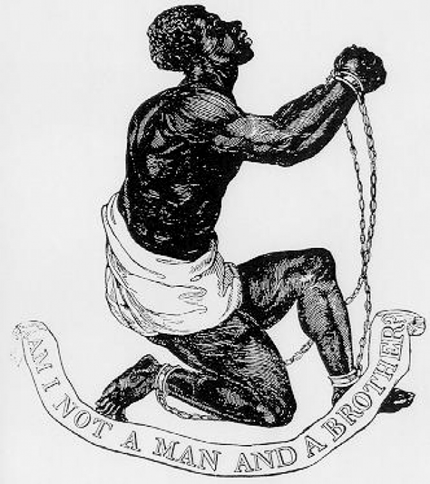Charles Darwin (1809-1882) was born into a prosperous upper-middle-class family. He was brought up with its values and lifestyle and became a 19th-century gentleman. During his lifetime, Queen Victoria came to the throne in 1837, colonial empires expanded and there was unparalleled growth in industry, transport, communication and the spread of ideas. Physical, natural and human sciences made great progress, but remained inseparably linked to religion.
Charles Darwin was not a very studious youth. Although he was fascinated by the natural sciences, he was far from proficient in them. It was not until his voyage on HMS Beagle that he made a name for himself.
The plan was for Charles Darwin to become an Anglican parson.
But then he had an opportunity to follow a different career path: after a short but instructive geological research trip to Wales, he accepted the post of ship naturalist on HMS Beagle, providentially offered to him by the vessel’s captain, Robert FitzRoy, on the advice of Darwin’s professor, John Stevens Henslow.
In the exhibition, be sure not to miss…
The multimedia "Darwin's world"
The ship set sail on the 27th December 1831, initially to chart the coasts of South America. Darwin would not return to England until the 2nd October 1836.
Throughout the voyage, he collected samples (fauna, flora, fossils) at sea and on land, which he examined and catalogued before sending them back to England for appraisal. He wrote frequently to his family, friends and professors, and read a great deal. His practical and theoretical work improved his mind, helped him to make a name for himself and formed the basis of his subsequent career.
In 1835, Darwin explored the Galápagos Islands and collected many varieties of bird. After his voyage, different ornithologists, including the celebrated John Gould, identified 13 species of “finch” among them.
This observation mentioned by Darwin years after the voyage in his autobiography was one of his great discoveries. It was not a “eureka” moment – he did not come up with the idea of transformism on board HMS Beagle – but analysis of his writing reveals the value of this early work in the construction of his future theory.
In the exhibition, be sure not to miss…
The model "HMS Beagle"
Darwin’s private life
When he returned from his travels, as a dutiful son, he followed his father’s advice and married his cousin, Emma Wedgwood. They would have 10 children together. The young couple soon fled the bustle of London and moved to Down House in the country to the south of the capital. Darwin lived there until his death.
He had a wealthy background and his personal fortune allowed him to devote his time to research and his family. After his five years of travel and field work, he conducted experiments in his greenhouse and garden. Darwin’s later adventures were of the mind: he wrote and published, and frequently corresponded with his peers and contemporaries.
Darwin had ten children. From the birth of his eldest son on, he used naturalist methods to study their development and carried out small experiments with them. His notes show that he had a very close relationship with his children. He lost three of them, two in infancy and a daughter, Anne, at the age of 10. He never got over her death.

Charles Darwin was from a family with a tradition of opposition to slavery. His grandfather, Josiah Wedgwood (1730-1795), designed an abolitionist medallion featuring a slave in chains with the words, “Am I not a Man and a Brother?” Darwin’s disgust with the practice increased during his voyage when he saw for himself the suffering inflicted on slaves.
In the exhibition, be sure not to miss…
The three sketches " As a father", "The abolitionist", "A hard-working invalid"


